Best Timing for Foundation Repairs
Foundation repairs are most effective when performed during specific times of the year. Optimal conditions depend on weather, soil type, and ground moisture levels. Proper timing can help ensure the longevity and stability of the repairs, reducing the likelihood of future issues.
Spring offers moderate temperatures and increased ground moisture, making it suitable for foundation work. However, heavy rain can cause delays.
Summer provides longer daylight hours and dry conditions, ideal for many repair projects. Heat can sometimes affect certain repair materials.
Fall is a good time for repairs due to cooler temperatures and stable ground moisture. Avoid late fall when ground freezing begins.
Winter is generally not recommended due to freezing temperatures and frozen ground, which can hinder excavation and setting of repair materials.
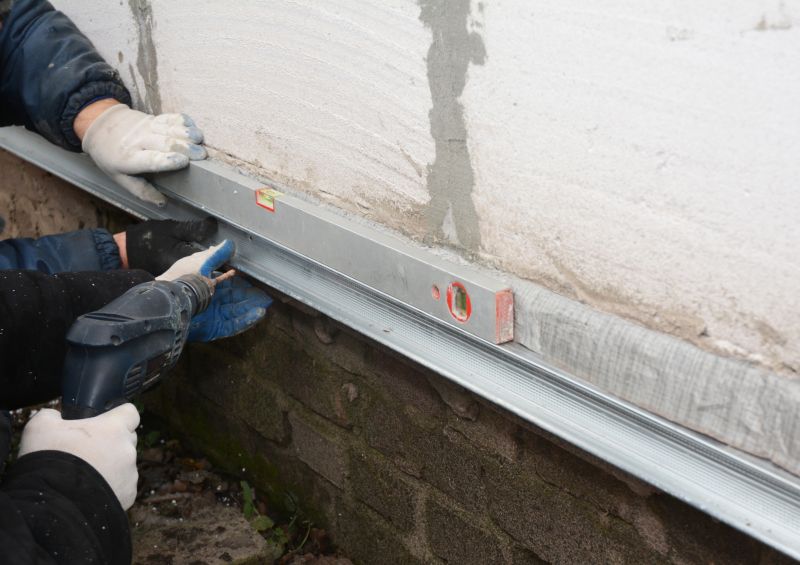
Image depicting foundation stabilization techniques.
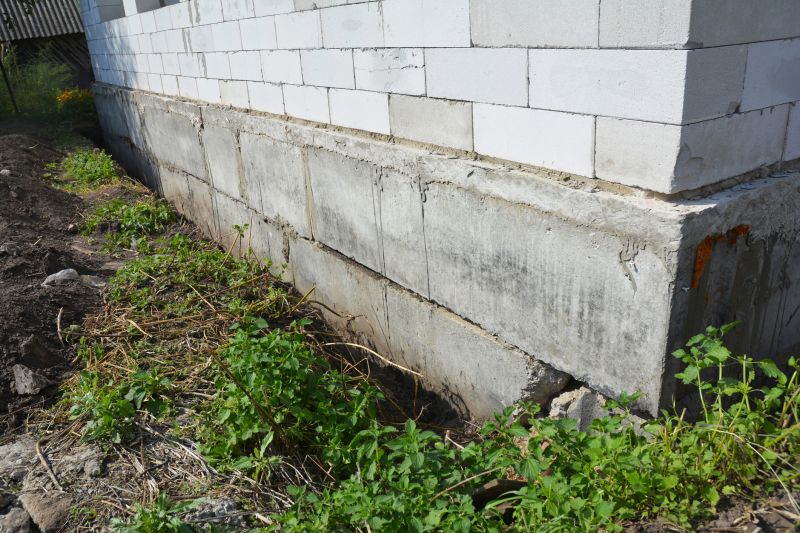
Image showing soil assessment and preparation for repairs.
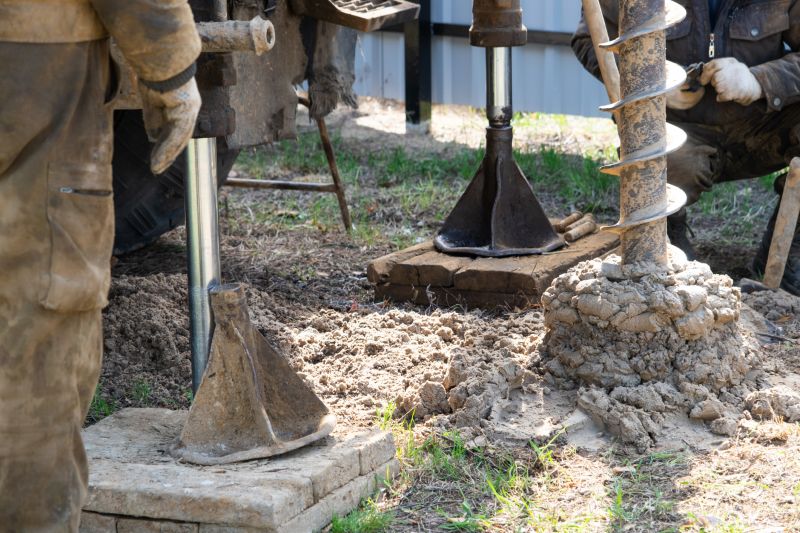
Image of specialized tools used in foundation repair.
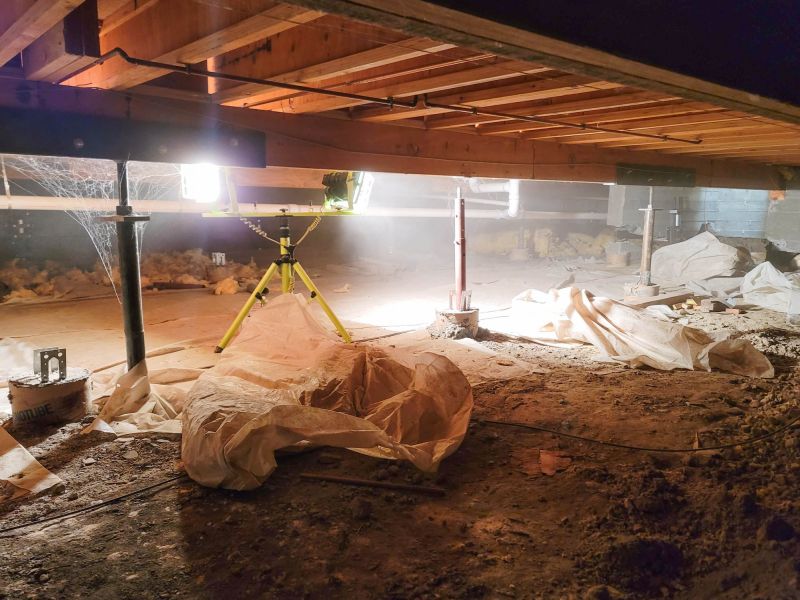
Ways to make Foundation Repairs work in tight or awkward layouts.

Popular materials for Foundation Repairs and why they hold up over time.
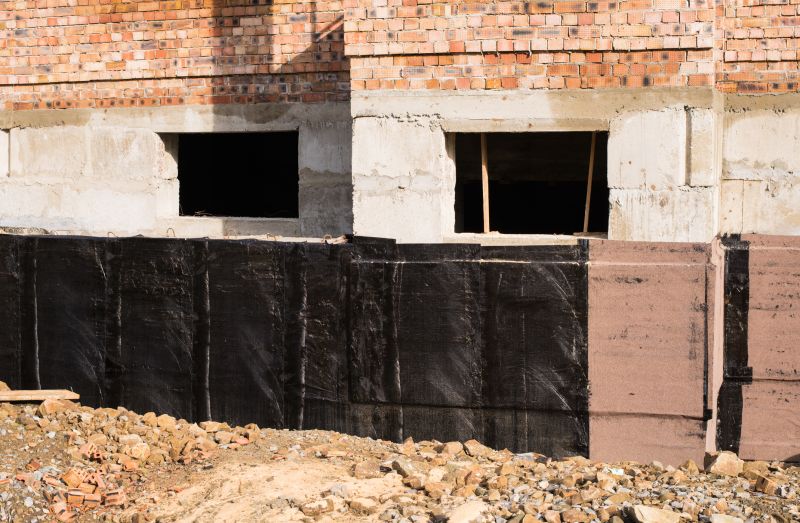
Simple add-ons that improve Foundation Repairs without blowing the budget.
| Season | Ideal Conditions |
|---|---|
| Spring | Moderate temperatures with increased ground moisture |
| Summer | Dry conditions with longer daylight hours |
| Fall | Cooler temperatures with stable ground moisture |
| Winter | Freezing temperatures and frozen ground |
| Optimal Window | Late spring to early fall |
Foundation repairs are critical for maintaining structural integrity and preventing further damage. Addressing issues promptly can prevent costly repairs in the future. Soil movement, water infiltration, and ground settling are common causes of foundation problems, and repairs often involve underpinning, piering, or stabilization techniques.
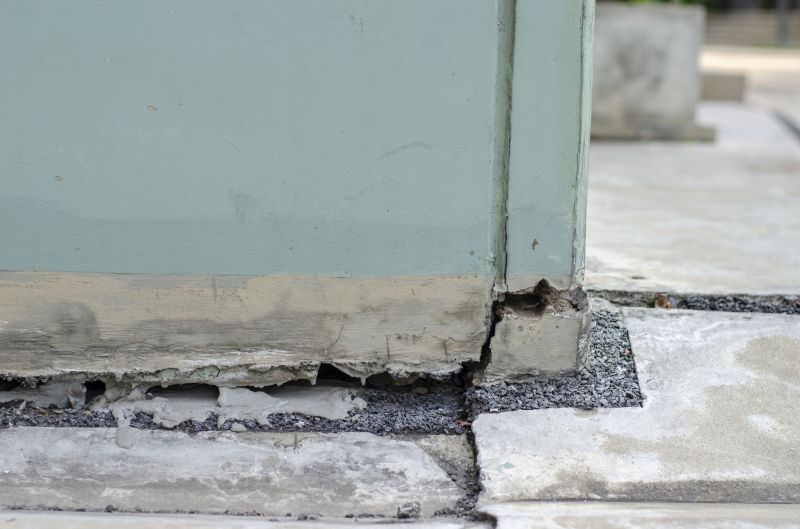
Close-up of foundation cracks requiring repair.
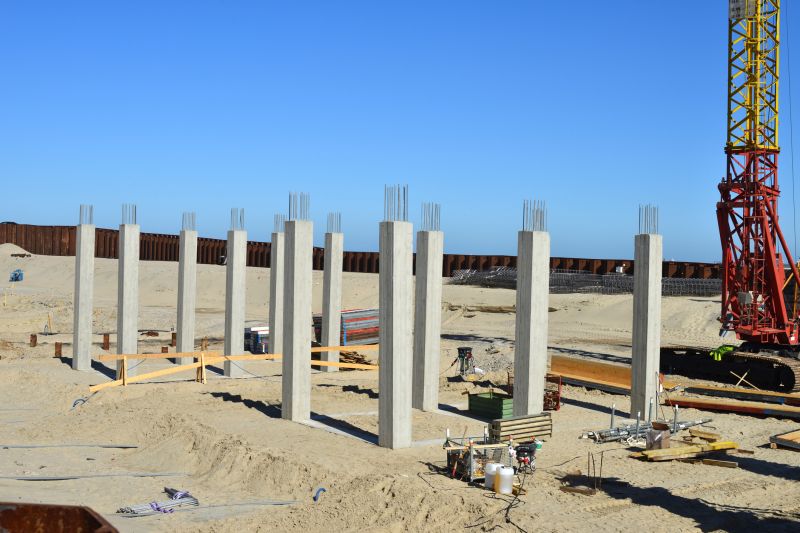
Image of piers being installed beneath a foundation.

Soil stabilization equipment in use.
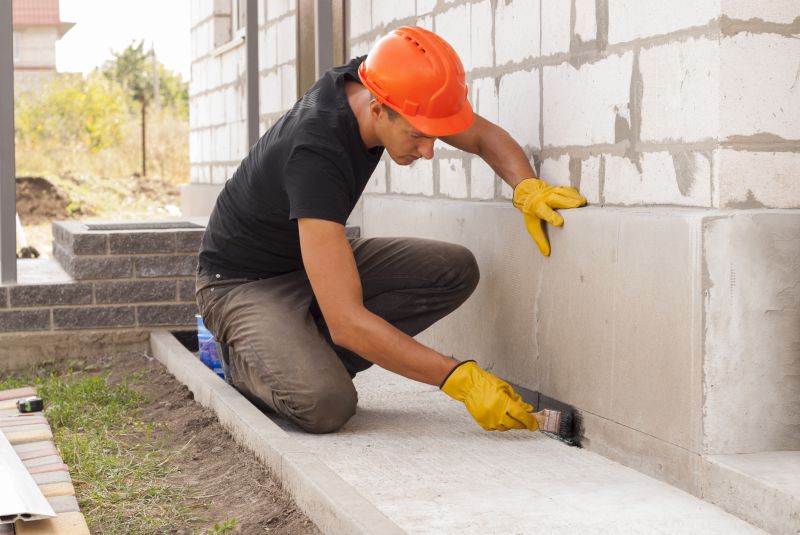
Finished foundation repair project.

High-end options that actually feel worth it for Foundation Repairs.
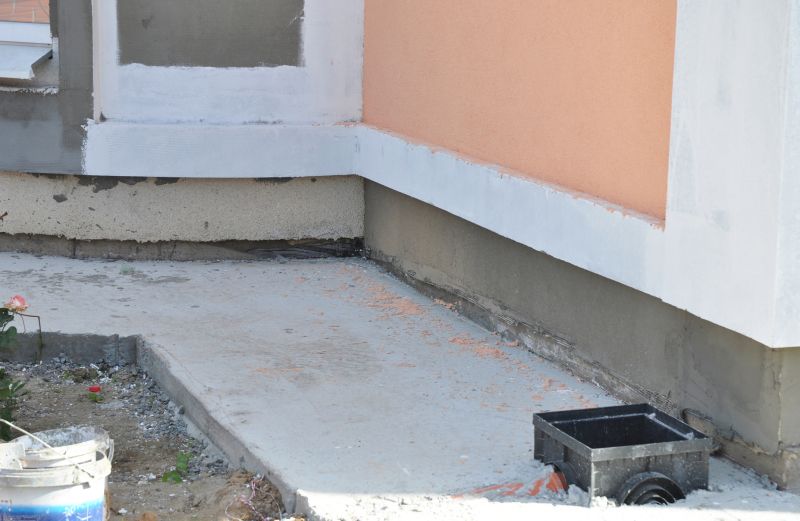
Finishes and colors that play nicely with Foundation Repairs.

Little measurements that prevent headaches on Foundation Repairs day.

A 60-second routine that keeps Foundation Repairs looking new.
Timely foundation repairs can significantly extend the lifespan of a structure. It is advisable to monitor signs of foundation issues and seek professional assessment to determine the best time for repairs. Properly scheduled work during optimal conditions can enhance durability and reduce the risk of future damage.
Interested in foundation repairs? Filling out the contact form can provide more information and help schedule an assessment tailored to specific needs.

